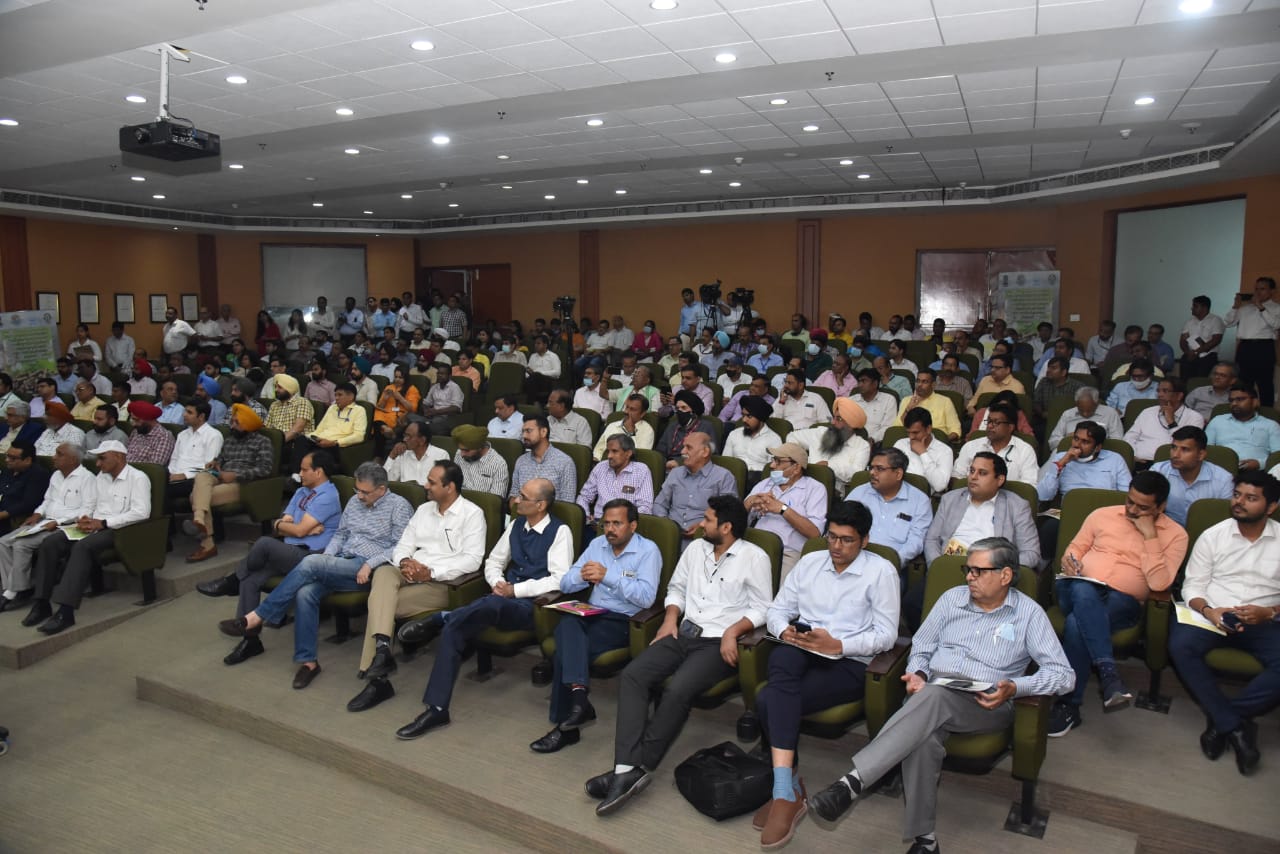Note4Students
From UPSC perspective, the following things are important :
Prelims level: Role of SPCB
Mains level: Issues faced by SPCB and Suggested Solutions to making it effective
Context
- In the fight against air pollution in the Indo Gangetic Plain, there are several important protagonists, none more so than India’s frontline environmental regulators, the State Pollution Control Boards (SPCBs), and the Pollution Control Committees (PCCs) in the Union Territories. There is no future with clean air in which the SPCB’s do not perform at the highest level possible.
know about State Pollution Control Boards (SPCB)
- Constituted under Water (Prevention and Control of Pollution) Act, 1974: The SPCBs were initially constituted under the Water (Prevention and Control of Pollution) Act, 1974. Under the Air (Prevention and Control of Pollution) Act, 1981, the SPCB mandate was expanded to include air quality management.
- New responsibility without capacity: Subsequently, several new environmental regulations added to their roles and functions. Unfortunately, this enhanced mandate has not been matched with increased capacity and capability in the Boards. As environmental indicators such as air quality and water quality worsen in many parts of the country, the Boards are evidently failing to effectively discharge their statutory mandate.
Analyzing the performance of SPCB’s
- Poor performance of SPCBs: Over the years, several reports that have been published, including those by the parliamentary standing committee and government committees, have identified reasons for the poor performance of the SPCBs.
- Experts are excluded from composition: The composition of SPCBs is a matter of serious concern as important stakeholders and those with crucial expertise are missing in most States. Boards are multimember bodies headed by a chairperson and a member secretary. Their decisions and policies guide the day-to-day functioning of the organisation.
- Conflict of interest: Over 50% of the Board members across the 10 SPCBs and PCC studied represent potential polluters: local authorities, industries, and public sector corporations. They are subject to the SPCB’s regulatory measures, and their overwhelming presence raises fundamental questions around conflicts of interest.
- SPCBs Does not meet the statutory requirement: At the same time, scientists, medical practitioners, and academics constitute only 7% of the Board members. What is even more worrying is that most Boards do not meet the statutory requirement of having at least two Board members who have knowledge of, and experience in, air quality management.
- SPCB’s leadership and uncertain tenure: The chairperson and the member secretary do not enjoy a long, stable, and fulltime tenure. In many States, persons in these two posts hold an additional charge in other government departments. Data also show that several chairpersons and member secretaries have held their posts for less than a year. For example, the shortest tenure for a chairperson has been 18 days (Chhattisgarh) and 15 days for a member secretary (Haryana and Uttar Pradesh).
- Short tenure with multiple roles: With the focus of the leadership of SPCB spread thin across multiple roles and their tenures being short, often they do not even have the time to understand their mandate fully before they are moved out. In such a scenario, long term policy planning, strategic interventions and effective execution aimed at reducing air pollution substantially are extremely difficult.
- Problem of Understaffing: The SPCBs are critically understaffed. At least 40% of all sanctioned posts are vacant across nine SPCBs/PCCs for which there is data. Vacancy levels in technical positions are as high as 84% in Jharkhand, and over 75% in Bihar and Haryana. An inadequate staff strength forces the Boards to recast their priorities among their various functions.
- Less regulatory scrutiny: Less staff strength also means weaker regulatory scrutiny and poor impact assessment. For example, given their workload, engineers in Bihar, Jharkhand, Punjab and Uttar Pradesh have less than a day to inspect, evaluate and decide on each consent application. With Board staff running on empty, this is clearly an unsustainable situation.
What are the recommendations for effective SPCBs?
- Addressing Leadership and human resource needs: Strengthening manpower at the SPCBs will not only require hiring new resources, but also training existing staff by leveraging institutions such as the Indian Institutes of Technology, NEERI, and others. These in-service training programs would also serve as an incentive for staff both new and existing.
- Better Pay structures: The Pay structure need to be revised to align with sectoral norms to ensure that SPCBs are not regularly losing trained manpower to industry and other sectors.
- Modern infrastructure: The infrastructure of PCBs also needs to be improved along with manpower i.e., facilities such as adequate computers, improved lab facility etc. The instruments used for monitoring are not maintained properly or outdated. Sometimes labs are also not equipped enough to do the necessary analysis.
- Expert should lead the SPCBs: It is imperative for their effective functioning that States should nominate to leadership positions, individuals of technical expertise and distinguished service such that effective decision making can be carried out.
- Providing the fixed tenure: They should be appointed for a fixed tenure and in full-time roles, with the sword of removal or termination not hanging over their heads.
- Reduction is composition for effective functioning: The size of the boards themselves may also be reduced to aid in effective functioning, with preference in membership given to technical experts, as is the international best practice. These moves would ensure that the Boards function effectively as independent agencies, as envisioned in their foundational legislation.
Read the basics-Air pollution
- Air pollution is contamination of the indoor or outdoor environment by any chemical, physical or biological agent that modifies the natural characteristics of the atmosphere.
- Household combustion devices, motor vehicles, industrial facilities and forest fires are common sources of air pollution. Pollutants of major public health concern include particulate matter, carbon monoxide, ozone, nitrogen dioxide and sulfur dioxide. Outdoor and indoor air pollution cause respiratory and other diseases and are important sources of morbidity and mortality.
Conclusion
- Given the scale and causes of air pollution in India, multidisciplinary expertise is needed to tackle it; there must also be an explicit focus on health while designing air pollution policy. The lack of expertise and skewed representation of stakeholders on the Boards can only be a hindrance to effective policy making.
Get an IAS/IPS ranker as your 1: 1 personal mentor for UPSC 2024



